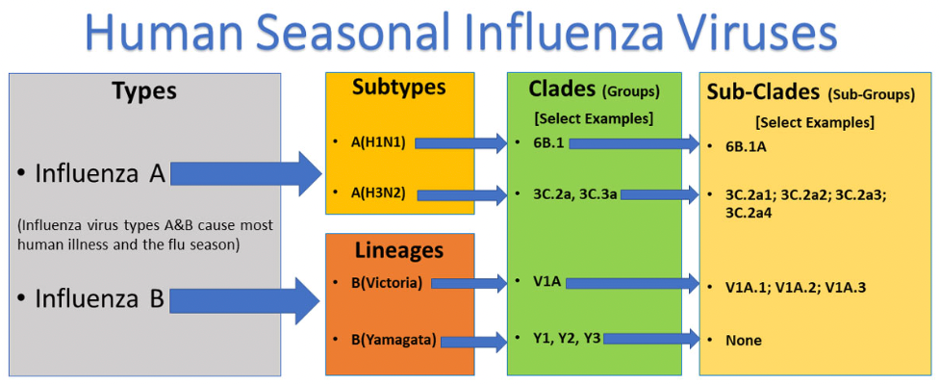Patient Safety: What You Can Do to Be a Safe Patient
April 3, 2023You go to the hospital to get well, right? Of course, but did you know that you can get infections in the hospital while you are being treated for something else?
Time in the hospital can put you at risk for a healthcare-associated infection (HAI), such as a blood, surgical site, or urinary tract infection.
Every day, patients get infections in healthcare facilities while they are being treated for something else. These infections can have devastating emotional, financial, and medical effects. Worst of all, they can be deadly.
Healthcare procedures can leave you vulnerable to germs that cause HAIs. These germs can be spread in healthcare settings from patient to patient on unclean hands of healthcare personnel or through the improper use or reuse of equipment.
These infections are not limited to hospitals. For example, in the past 10 years alone, there have been more than 30 outbreaks of hepatitis B and hepatitis C in non-hospital healthcare settings such as
5 Tips for Patients [Video – 2:32]
Protect yourself and your family from harmful germs that can cause infections
- Keep your hands clean. Regular hand cleaning is one of the best ways to remove germs, avoid getting sick, and prevent spreading germs.
- Take antibiotics only when your provider thinks you need them. Ask if your antibiotic is necessary. If you take antibiotics when you don’t need them, you’re only exposing yourself to unnecessary risk of side effects and potentially serious infections in the future. If you do need antibiotics, take them exactly as they’re prescribed.
- Watch for signs of infection and its complications, like sepsis. Get care right away—don’t delay.
- Tell your doctor if you think you have an infection, or if your infection is not getting better or is getting worse.
- Watch out for life-threatening diarrhea caused by C. difficile. If you have been taking an antibiotic, tell your doctor if you have 3 or more diarrhea episodes in 24 hours.
- Get vaccinated against flu and other infections to avoid complications.
Sepsis is the body’s extreme response to an infection. It is a life-threatening medical emergency. Without timely treatment, sepsis can rapidly lead to tissue damage, organ failure, and death. Learn more about sepsis.
Be a safe patient in the hospital
- Tell your doctors if you have been hospitalized in another facility, have recently received health care outside of the United States, or have recently had an infection.
- Ask your healthcare provider what they and the facility will do to protect you and your family from an antibiotic-resistant infection.
- If you have a catheter, ask daily when it can be removed.
- If you are having surgery, ask your doctor how they prevent infections. Also, ask how you can prepare for surgery to reduce your infection risk.
- Keep your hands clean. Make sure everyone cleans their hands before touching you. Remind healthcare personnel and your visitors to clean their hands.
- Let your doctors check you for resistant germs if needed. Hospitals need to screen patients if they’re exposed, and this helps protect you and those around you.
- Understand that if you have a resistant bacteria, healthcare providers may use gowns and gloves when caring for you.
- Allow people to clean your room while you’re in the hospital, even when it feels inconvenient for you.
- Environmental services workers are the people who clean patient rooms in the hospital, and they are important members of the healthcare team.
- Allowing them to clean and disinfect your room helps keep you safe by reducing your risk of developing an infection—don’t say, “come back later.”
To learn more, please visit https://www.cdc.gov/HAI/patientSafety/patient-safety.html.












